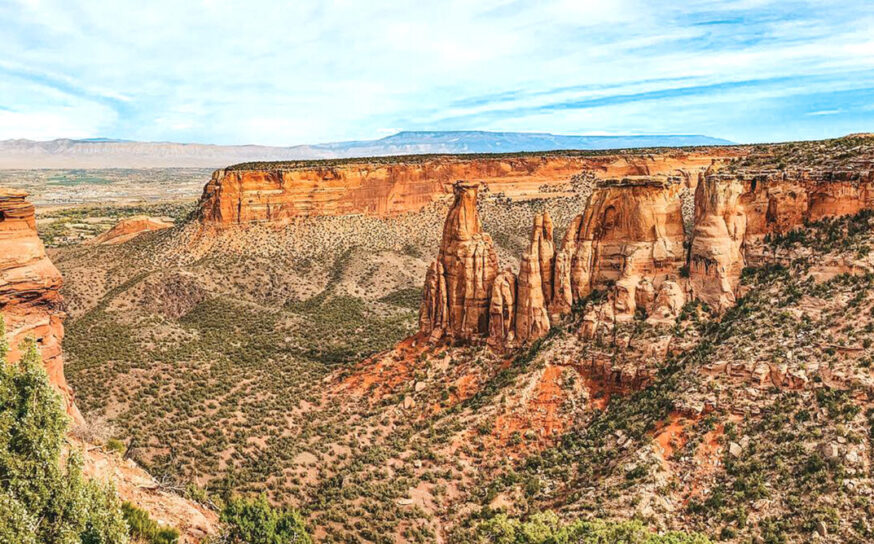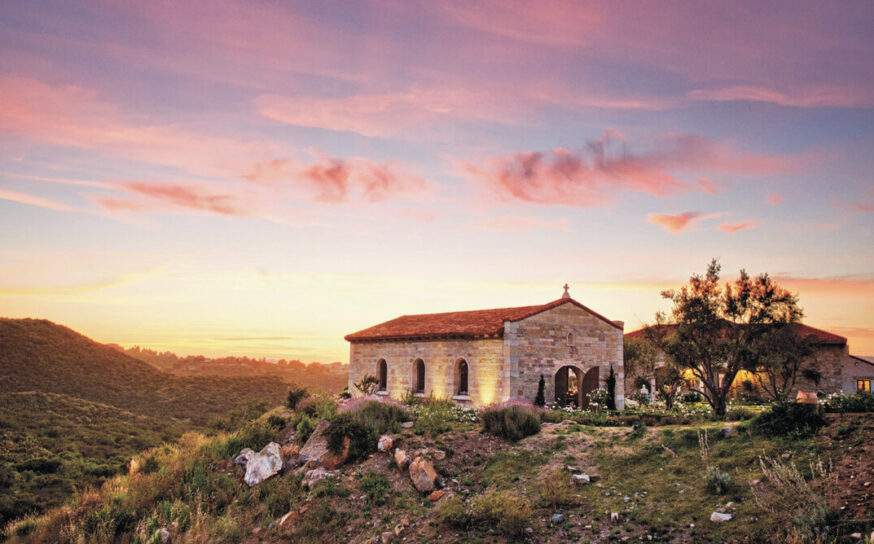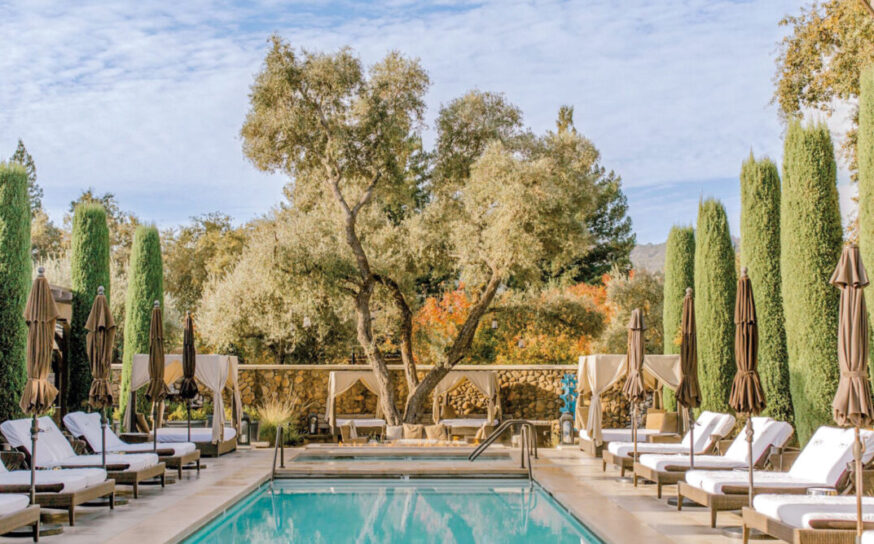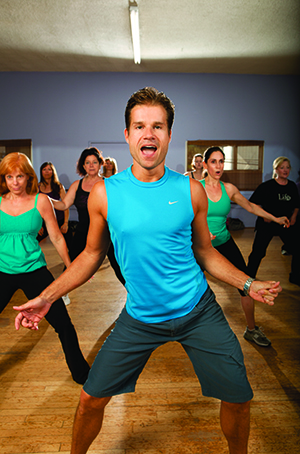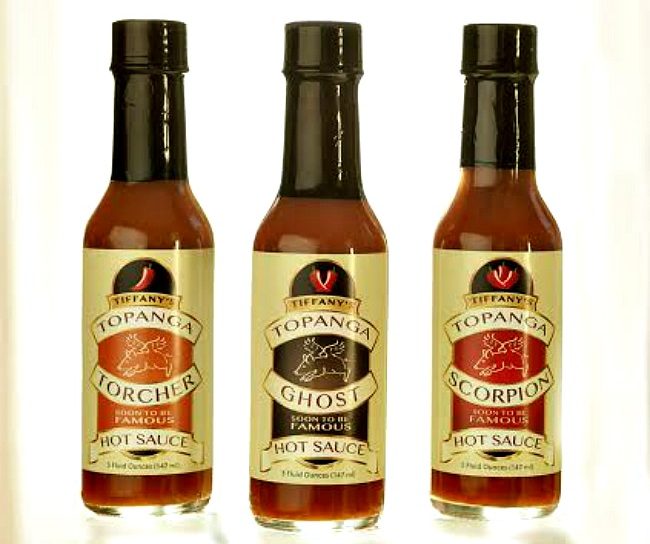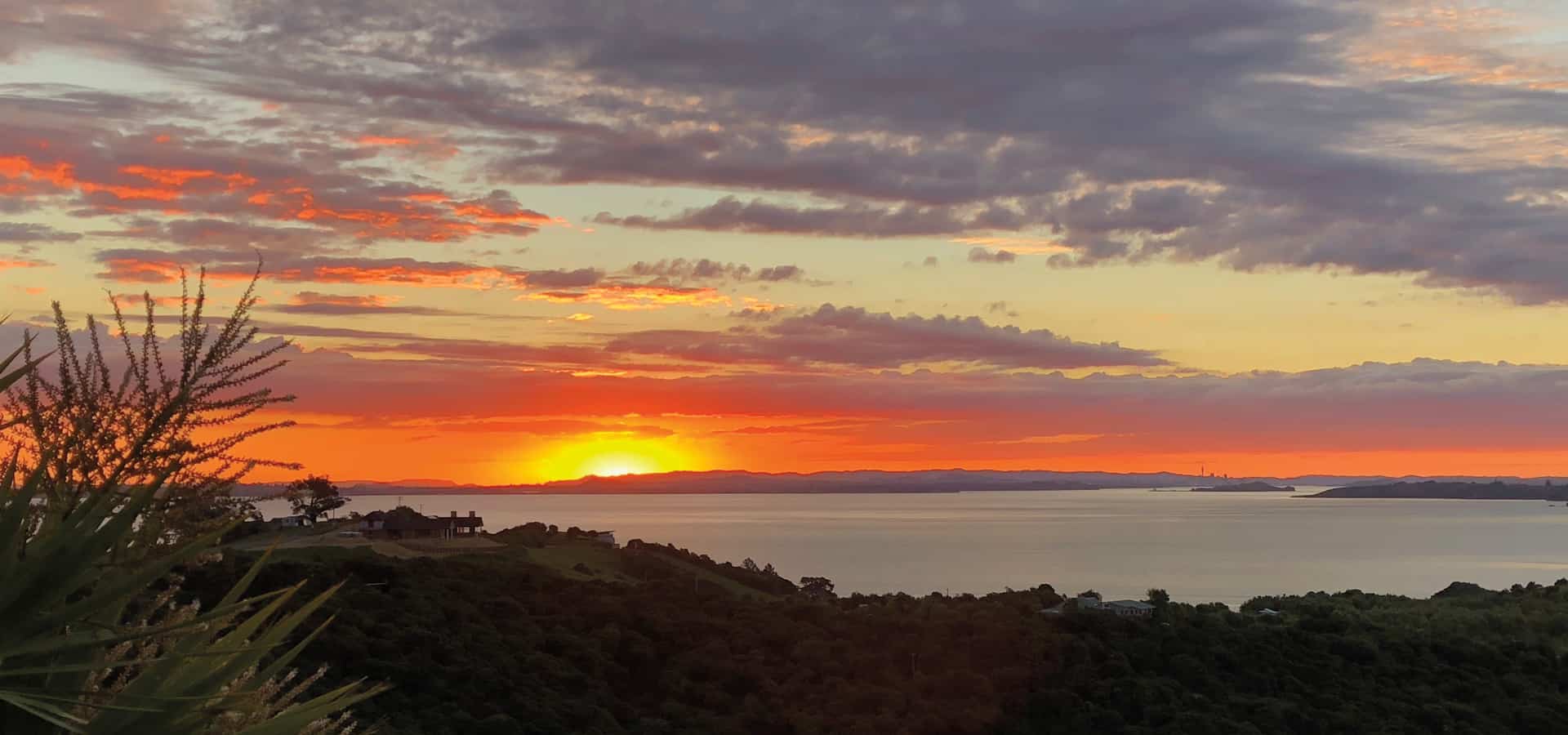
Open Spaces Open Minds
On a recent trip to New Zealand, VB editor Linda Grasso explores one of the planet’s last great treasure spots
-
CategoryTravel
-
Written and Photographed byLinda Grasso
Set in the azure seas of the South Pacific Ocean, New Zealand is renowned for its clean, green environment and remarkable beauty—from rugged mountains and ancient glaciers to white sand beaches and freshwater lakes. A country slightly larger than Great Britain, many travelers go there to see the ethereal landscapes made famous in The Lord of the Rings trilogy and to tour its top-rated wineries. Not us.
This past November, my husband and I embarked on an idyllic, 10-day journey, dividing our stay between the north and south islands. What lured us was simple: we wanted a full immersion into the raw beauty of the county. In designing our itinerary, we crafted three distinct experiences: golf (my husband’s passion), an island sojourn and just one tourist destination—Queenstown—where we hoped to get an adrenaline rush.
Mangawhai
After the 14-hour flight to Auckland, on the north island, we headed out to dinner at the waterfront Oyster & Chop, where we devoured some of the tastiest oysters I’ve ever been served. The country’s capital city was just a pit stop for us; we were anxious to get to the scenic spots. A driver picked us up the next morning for the journey to the private, exclusive Tara Iti Golf Club in Mangawhai. My husband wanted to play on the oceanfront course recently ranked by Golf Digest as the 29th best golf course in the world. We originally rented a car but changed our minds after we were warned about the challenges of driving on the opposite side and lack of signage.
Indeed, it was a treat to kick back and just soak up the scenery during the two-hour ride up the coast to Mangawhai (pronounced “Manga-why” or “Mung-fi,” depending on who you ask). My eyes were transfixed on the vibrant green pastures dotted with cows, sheep and grapevines. The landscape was lush and at peak growth after a strong rainy season.
We arrived at Tara Iti and were delighted to discover it met every expectation. Built by LA alternative investment impresario, Ric Kayne, it is sophisticated and luxurious but understated—reflecting the refreshing mindset of New Zealanders.
Kayne bought the property—a seven-mile stretch of uninhabited, pristine, ivory sand beachfront land along the Te Arai Coast—from the Maoris. Vowing to create a unique golf experience with a deep respect for the natural inhabitants and to restrict the number of homes built to just 35, he and his team restored the native dunes and its wildlife.
Opened three years ago, the centerpiece of the resort is a stunning links-style (created atop sand instead of dirt) golf course by renowned designer Tom Doak. The 18-hole course is woven into the natural ridges and sand dunes and dotted with stunning silver “tussock” grass.
There are lots of activities to keep entertained in Mangawhai. You can tour local boutique wineries, horseback ride or surf on the beach, or go diving just off the coast. More experienced divers might embark on a day trip to The Poor Knights Islands, considered one of the top 10 dive sites in the world.
My husband played two days of golf, so we only ventured “off campus” once for a farmers market 40 minutes away. We strolled among the vendors selling fresh produce, local fare and artisanal items. The experience gave us a real feel for the community.

VISIONS TO REMEMBER
Clockwise from top left: Tara Iti ; Linda with husband, Charlie at Tara Iti; Waiheke Island; Mudbrick Vineyard
Waiheke Island
Waiheke Island was the location for our second adventure. Described as having rugged beauty, it sounded a lot like Martha’s Vineyard—one of my favorite places. The 45-minute ferry ride was super smooth. We were staying at the Te Whau Lodge. Marg, who runs it along with her partner, Rob, picked us up with a sunny smile and full of ideas on fun things to do.
With its own warm, dry microclimate, Waiheke is a favorite escape for city dwellers and visitors alike. Eight thousand people live there year-round. On the island’s landward or south side, emerald waters lap at rocky bays. While this side has the best sunsets, the ocean or north side has some of the region’s most spectacular sandy beaches.
The Te Whau Lodge is tucked high on a hill with 180-degree views from every glass-facaded room. Our hosts immediately made us feel right at home with glasses of wine and delicious seafood canapés. We enjoyed cocktail hour on our balcony, marveling at the sunset.
Afterwards, we headed to the island’s main town of Oneroa to dine at Fenice, a casual Italian eatery that we both found impressive.
The next day we awoke to a sumptuous, full breakfast and planned our day in the lodge’s communal dining room overlooking the Te Whau bay.
Since the late 1970s, Waiheke has seen the growth of a flourishing wine industry. There are now 31 vineyards and 17 wineries on the island. A “small is beautiful” philosophy yields limited quantities of extremely high quality fruit, which is made into international award-winning wines—most notably Merlots, Bordeaux-style blends and Syrahs.
For our first day, we hired Chris Palmer, a local driver and guide. It was like having a good friend, who happened to be a native, take us to all the off-the-beaten path places that locals frequent. Chris took us to his two favorite wineries for tastings, to a hidden cemetery where some of the island’s founders are buried and on a fabulous hike with 360 degree views.
That evening we headed to the Mudbrick Vineyard & Restaurant. We strolled the picturesque lavender gardens and then enjoyed a delicious dinner at a table that abutted a large open window, allowing for breathtaking sunset views across the Hauraki Gulf. As with nearly every restaurant we dined, Mudbrick cultivates its own organic gardens, which provide heirloom produce, picked fresh each day. While I expected natural beauty, the palate-bending culinary experience in New Zealand came as a delightful surprise. Indeed, the Kiwis take farm-to-table dining to a whole new level.
The next day Rob pointed us to a terrific hike that was filled with fragrant honeysuckle and manuka honey bushes. The trek ended at the Rangihoua Olive Oil Company, where we sampled the varieties and noshed on other locally produced goods.
Queenstown
Queenstown, an hour and a half flight from Auckland, touts itself as “the adrenaline capital of the world.” There are countless activities for adventuresome types: wilderness fly-fishing, hiking, helicopter and jet boat rides, and hot air ballooning. It is also the home of the bungee jump.
We were greeted by the cheerful staff at the QT Queenstown, a new luxury boutique hotel, and then made the stroll along the lake into town. Although it was not yet peak season, the streets were packed with tourists and twentysomethings—all enjoying their cocktails along the waterfront. (There apparently is no open container law.)
The next morning, we were picked up by Glenorchy Air and taken to the local airport where we hopped aboard an eight-seat propeller plane to make the 30-minute trip to Milford Sound. During the surprisingly smooth flight, we glided through the magnificent glaciers and gazed at alpine lakes in all shades—from powder blue to emerald green.
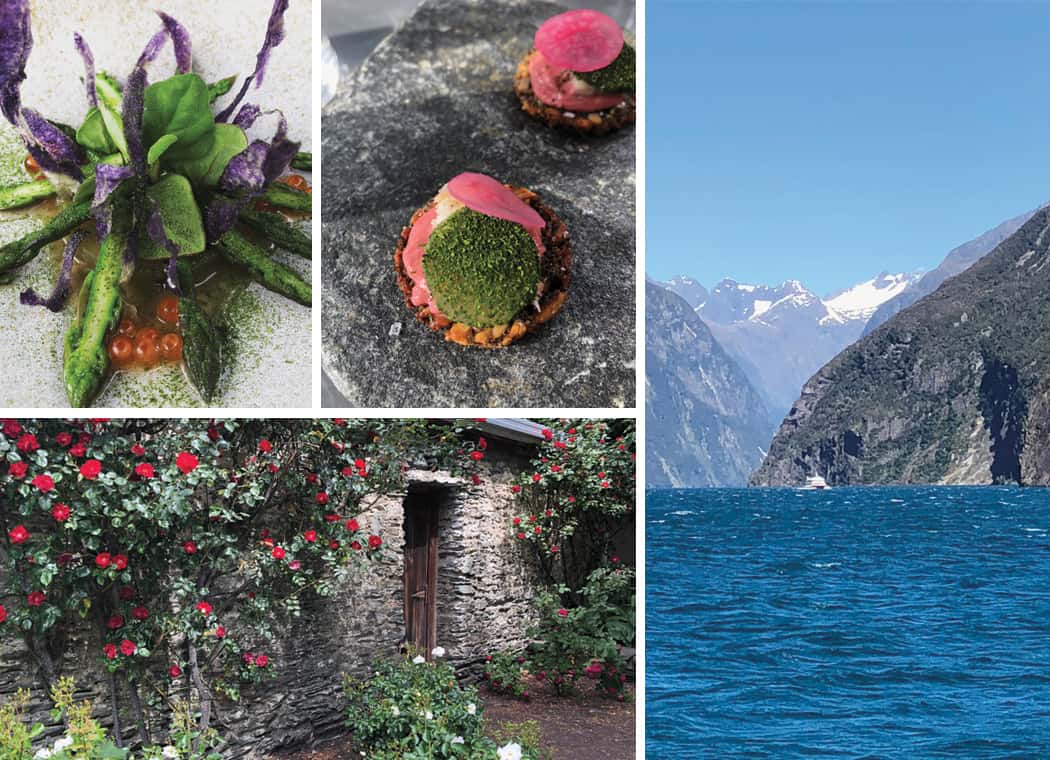
FULL IMMERSION
Clockwise from top left: two small plates courses from our meal at Amisfield Vineyard & Bistro; Milford Sound; a stunning springtime sight
During our two-hour cruise, we learned that Milford isn’t actually a sound, which is created by rivers. Instead it is a fiord—a narrow, deep inlet of the sea between high cliffs, formed by the submergence of a glaciated valley.
Our cruise took us all the way out to the Tasman Sea. Sheer rock walls, waterfalls and the mile-high monolith of Mitre Peak were some of the highlights. At one point, the ship inched close to a waterfall and we got misted for the ultimate facial!
Day two, we headed to Kawarau Bridge, the spot where bungee jumping was born. The jumps are all operated by A.J. Hackett and easy to arrange. We opted for the Kawarau jump because it was closer to town (20 minutes). My husband was the jumper; I was happy to be assigned photography. After he was weighed and filled out a questionnaire checking for things like heart problems and cosmetic implants (I’m serious), we hopped aboard a bus, and before we knew it, he was perched on the ledge encased in his harness. After a quick (and rather pale-faced) thumbs up—he flew like a bird and then was yanked all over the place before finally being dropped off in a boat below. The whole thing took about an hour. Afterwards, we continued down the road to Arrowtown, a historic mining town. It was charming but a bit touristy. That evening, we had a fantastic dinner at the QT Queenstown’s swanky restaurant, Bazaar. The eatery, described as an “interactive marketplace,” offers buffet-style dining with chef showmanship in full force. From super fresh seafood to an entire roasted pig, the dishes are all artfully presented before your eyes.
The next day—in an effort to have a completely different experience—we moved into the historic (built in 1888) Hulbert House, a recently restored six-room boutique inn, perched on a steep hill overlooking Queenstown. With magnificent vibrant wallpaper, exposed stone walls and sweeping city views—it has a cozy, luxurious vibe. Rooms all have their own unique décor.
The next day we walked through Queenstown Gardens with its humongous peonies and stunning array of roses and then the shops and restaurants along and around Church Lane (the most quaint section of town). Next, we opted for one more adventure: a jet boat ride along the fast-flowing Shotover River.
The speedboat did 360s and veered within inches of jagged rocks. My favorite part (by far) was watching our hunky, Hugh Jackman look-alike driver.
We also rode the gondola to the top of the mountain to watch the hang gliders and lunched on salads at nearby Bespoke Kitchen, famous for its edible, flower-adorned baked goods.
For our trip finale, we headed to Amisfield Vineyard & Bistro for a multi-course feast. It put a bow on the farm-to-table experience with every ingredient—from earth to sea—sourced locally. “Are these essentially stuffed fruit roll-ups?” I asked the chef regarding some smoked venison wrapped in what appeared to be a dried cherry sheath. (I’m an always curious cook—what can I say?)
The ten days passed too quickly. I hope to go back someday. In the meantime, I will remember what our tour guide, Chris, relayed in an email. He was speaking specifically about Waiheke Island, but it can easily be applied to all of New Zealand:
“Remember, it’s not so much a place, but it’s a state of mind. The peace and tranquility you experienced yesterday is yours to keep and to remember wherever you are … even in LA!”
Stay
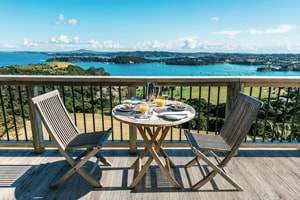 Te Whau Lodge, Waiheke Island
Te Whau Lodge, Waiheke Island
Six waterfront suites; full breakfast and evening wine/canapés service included;
rooms from $355. tewhaulodge.co.nz
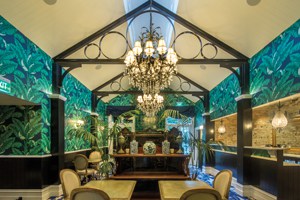 Hulbert House, Queenstown
Hulbert House, Queenstown
Six charming rooms (my favorite is The Majestic); full breakfast and evening wine/canapés service included; rooms
from $660. hulberthouse.co.nz
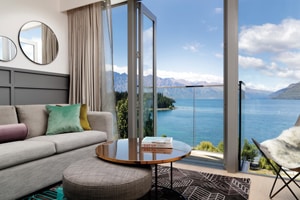 QT Queenstown
QT Queenstown
69 contemporary boutique rooms; Bazaar Interactive Marketplace and Reds Bar are both on site; rooms from $270.
qthotelsandresorts.com/queenstown
Do
Waiheke Island Tour Guide, Chris Palmer
New Zealand Air
We took five flights on this airline during our trip and each one was on time and provided excellent service.
Time to Go
October and November—the spring season. Avoid the rains in July and August and the summer vacationers in December and January. Plus, in Queenstown, it stays light until 10 p.m. during spring.
Queenstown Adventure
Most activities are priced between $125 and $150 per person—even hang gliding





